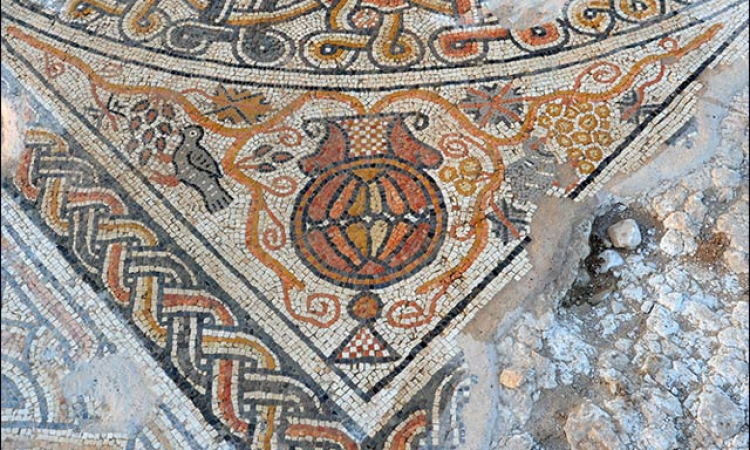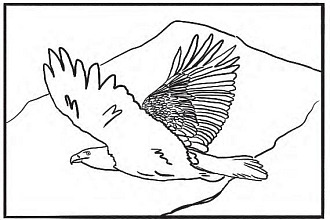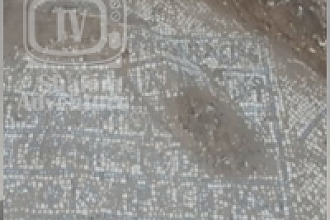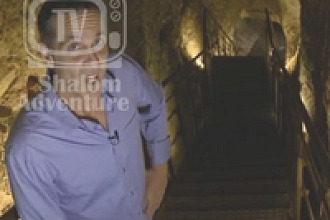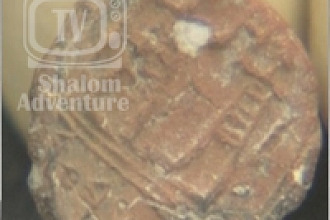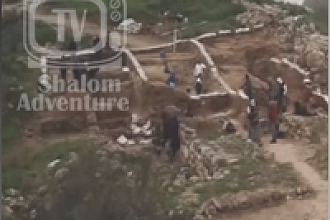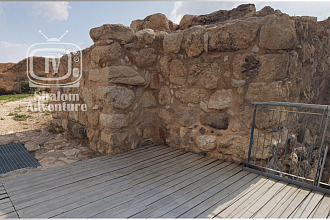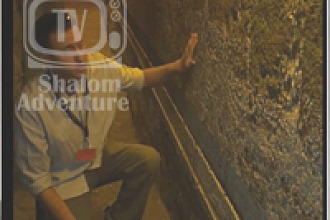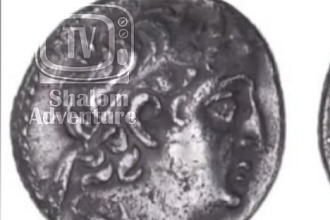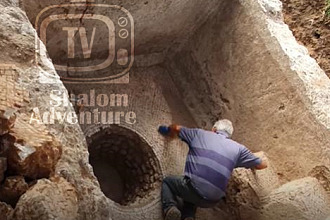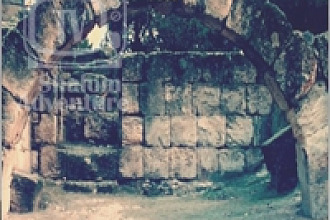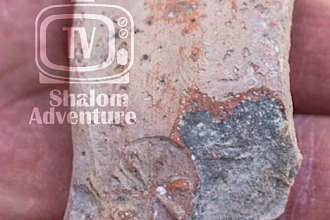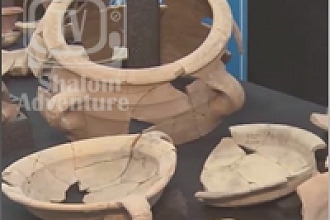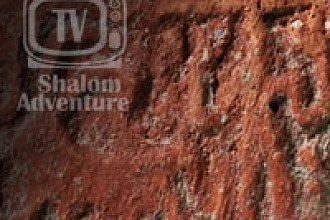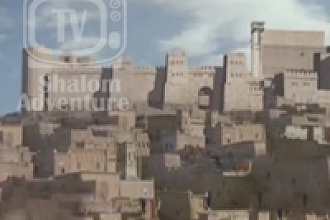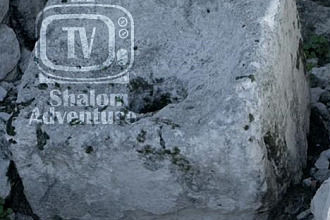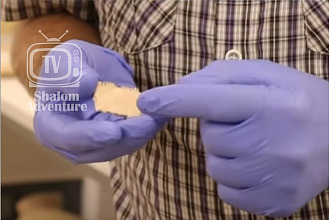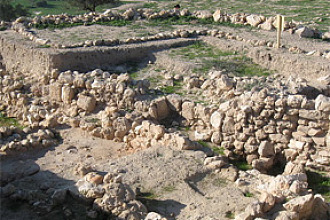A spectacular colorful mosaic dating to the Byzantine period (4th–6th centuries CE) was exposed in recent weeks in the fields of Kibbutz Beit Kama, in southern Israel. The mosaic was discovered within the framework of an archaeological excavation the Israel Antiquities Authority is carrying out prior to the construction of an interchange between Ma'ahaz and Devira Junction, undertaken and funded by the Trans-Israel Highway Company.
Remains of a settlement that extends across more than six dunams were uncovered in the excavation being conducted on the kibbutz’s farmland and directed by Dr. Rina Avner of the Israel Antiquities Authority.
The main building at the site was a large hall 12 meters long by 8.5 meters wide and its ceiling was apparently covered with roof tiles. The hall’s impressive opening and the breathtaking mosaic that adorns its floor suggest that the structure was a public building.
The well-preserved mosaic is decorated with geometric patterns and its corners are enhanced with amphorae (jars used to transport wine), a pair of peacocks, and a pair of doves pecking at grapes on a tendril. These are common designs that are known from this period; however, what makes this mosaic unique is the large number of motifs that were incorporated in one carpet.
Read full article here

